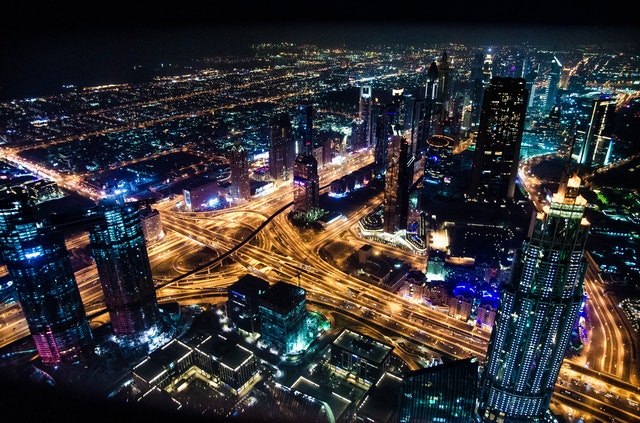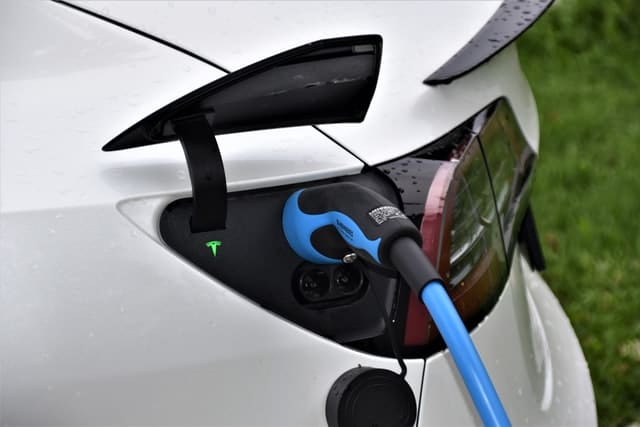
Light and Noise Pollution and Its Effects on Human Health
Modern society has certainly come a long way from our ancestral caves, but the modern lifestyle has become painfully detrimental to our health as well. The speed of technological progress has far outpaced our ability to adapt. One of the many consequences of this disharmony is pollution of the kind we’ve never faced before. That’s pollution caused by noise and light.
Let’s explore what noise and light pollution are doing to human health.
Noise Pollution: What It Is and How It Affects Us
Noise pollution is defined as noise above 65 decibels. It becomes harmful above 75 decibels and outright painful at 120 decibels. In order to promote quality sleep, noise levels at night should be around 30 decibels.
The most common causes of noise pollution include:
- traffic noise (a car horn produces 90 decibels of noise)
- air traffic noise (up to 130 decibels, depending on proximity to the aircraft)
- nightlife (over 100 decibels)
- construction (up to 110 decibels and over)
- animals (a dog barking can go up to 80 decibels)
Noise pollution has several adverse effects on our health. It may cause:
- High blood pressure
- Headaches
- Gastritis, or even heart attack in cases of extreme and constant noise pollution
- Exacerbated stress
- Fatigue
- Anxiety and depression
- Hysteria
- Sleep disorders
- Irritability
- Inability to focus
- Drop in productivity
To recover from two hours of exposure to 100 decibels, we need more than 16 hours of sleep. This means one night out can take you two nights to recover.
Some of the ways you can combat noise pollution include sound-proofing your home to the best of your ability, playing soothing music on noise-canceling headphones, spending a lot of time in nature away from the buzz of the city, and reducing your own noise output as much as you can.
Light Pollution: What It Is and How It Affect Us
Light exposure means being exposed to too much light during the nighttime, when our bodies have been conditioned to sleep. Exposure during the day does not count as light pollution.
What’s especially harmful is the interplay of glare and exaggerated darkness. You’ll find this instance on poorly lit roads, where the light sources are excessively harsh, but few. They cause you to see nothing but the light, interchanged with areas of complete darkness. Your eyes simply can’t adjust quickly enough.
However, it’s not just the light you’re faced with when driving. Light at night will disrupt your circadian rhythm and impair the production of melatonin, the hormone that enables you to fall asleep.
In fact, the more light you’re exposed to at night, the more cortisol you produce. Cortisol is a stress hormone, so it keeps you awake. When you are producing it, you can’t produce any melatonin, so you’re unable to fall asleep.
This is why the connection between the technology we use and the way we sleep has been so widely researched lately. And perhaps unsurprisingly, it’s been determined phones are one of the key culprits to our worsened sleeping habits.
Apart from sleep disorders, light pollution can also lead to impaired functioning, obesity, loss of focus, and impaired productivity.
In order to reduce light pollution, limit the time you spend looking at screens as it gets dark. Dim your screen as bedtime approaches, and try to cut out all screens two hours before going to bed.
Final Thoughts
As the modern lifestyle continues to evolve, we need to do our best to help our bodies battle the unpleasant and outright dangerous consequences of technological evolution. We can’t hope to physically adapt in the next several generations – but we can help ourselves out mentally. We can start making a change right now.



Post a comment